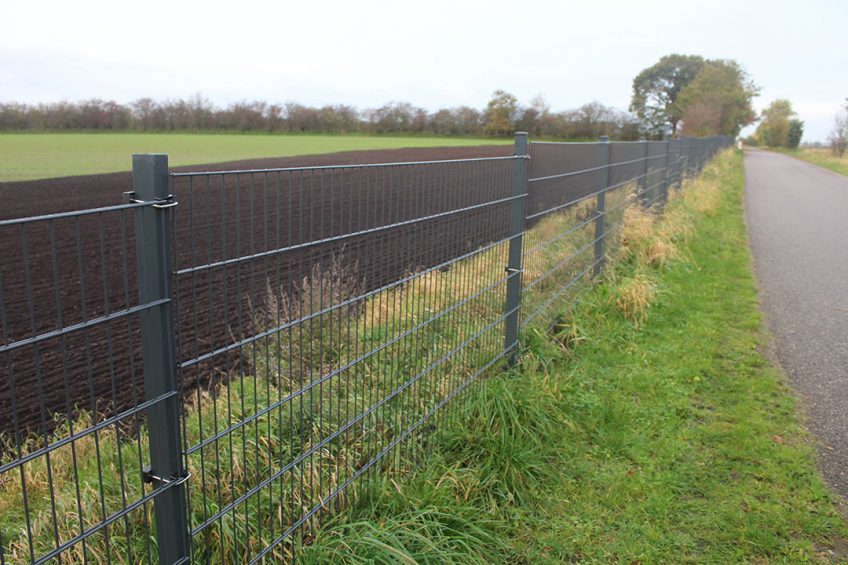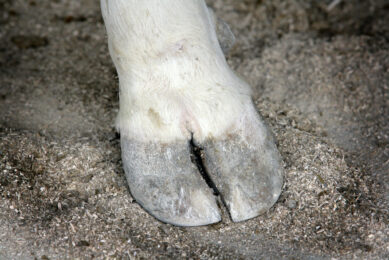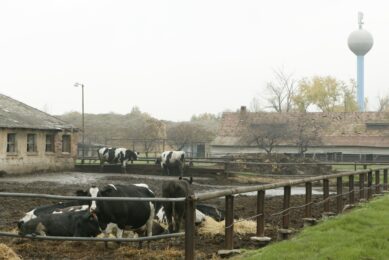ASF Poland: Germany gearing up defence

The authorities in the Germany and particularly those in the eastern state Brandenburg, bordering Poland in the east, are increasingly preparing to keep African Swine Fever out of the country.
Ursula Nonnemacher, minister of food safety in the Brandenburg state has announced additional measures to keep African Swine Fever (ASF) out of Germany.
One of the measures is to intensify hunting for wild boar in the districts in the immediate vicinity of the border with Poland. In addition, in a strip of roughly 15km from the border, there will be an intensified search for wild boar roadkill. The sooner an infected carcass is found, the greater the chance is of limited the spread of the virus.
ASF virus moved closer to Germany
Early November it became clear that the ASF virus had moved from eastern Poland to Western Poland – it has stopped for now at 40km from the German border. On Monday, December 16, infected carcasses have been found on 50 locations in the border area of 3 Polish provinces (Lubusz, Lower Silesia and Greater Poland). The known number of infected carcasses in Western Poland is at least 66. The infected area in Western Poland measures 65km east to west and 55km north to south.
A large part of the known cases have now also been reported to the World Organization for Animal Health (OIE). In addition, over the last few days, 18 new finding places in Eastern Poland were reported by the Polish Central Veterinary Inspectorate.
Mobile, temporary fence to keep ASF out
No wonder then, that on the German side of the fence, in Germany’s Brandenburg state, alarms have risen and even the possibility of building a fence is being considered. There are talks of building a mobile, temporary fence in the areas at the border at locations which are attractive for wild boar to cross it.
Ever since the beginning of this month, the remuneration for the reporting and testing of wild boar carcasses has been increased in Brandenburg state. This used to be € 30 and has been increased to be € 50.
Nevertheless, not everyone in the German pig industry are happy about Nonnemacher’s package of measures. Annually, vast amounts of lorries, employees and tourists make their way to Germany from infected areas in Eastern Europe. Just a few figures: in the 2017 holiday season, in total 1.6 million tourists from an infected area came to Germany. One year earlier, in 2016, there was a total of 286,000 registered holiday workers in Germany.
Pointing out the risk of bringing in ASF
There is a strong wish to point out to travellers from Eastern Europe the risk of inadvertently bringing in the virus, and do so prior to their departure in their own language. This ideally should happen through social media.
In fact, the warning of travellers using signs at parking places at motorways is considered insufficient and factually too late. There are plans for a digital project to warn travellers from Eastern Europe for the risk of bringing in the virus. This will, however, most likely only start as from April 2020.
Earlier this week the federal German ministry of agriculture increased the threat level with regard to ASF. The German ministry is keeping close contact with the Polish authorities.
Poland: fence between Lubusz and Greater Poland
Also in Poland, a fence of 120 km has been erected between the provinces Lubusz and Greater Poland, the German agricultural title Top Agrar reported, on the basis of reporting by the local broadcasting station RBB. The fence is located at about 150km from the border with Germany. This is exactly in the area where ASF is being found amongst wild boar and should ideally limit their freedom of movement.

US researchers stated recently they have found a potential vaccine to ASF
Pig organisations: make haste with placing fences
In Germany’s Lower Saxony state, the most important pig state of the country, the agricultural organisation Landvolk as well as pig producers’ union ISN have called on the Polish authorities to place a fence around the ASF infected areas in western Poland. The organisations feel that that is the most adequate way to prevent that wild boar will bring the virus into Germany. They point to positive experiences in both the Czech Republic and Belgium with this method.
The 2 organisations are not strongly in favour of feral pig fences guarding country borders, similar to those erected at the border between Germany and Denmark. They favour the placement of a fence around risk areas within Germany in case the Polish authorities do not react swiftly enough. Especially in Brandenburg state this could happen, both organisations stated.











